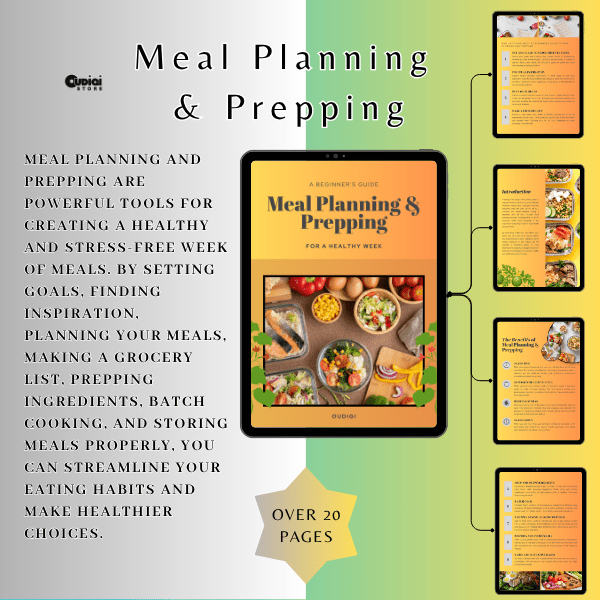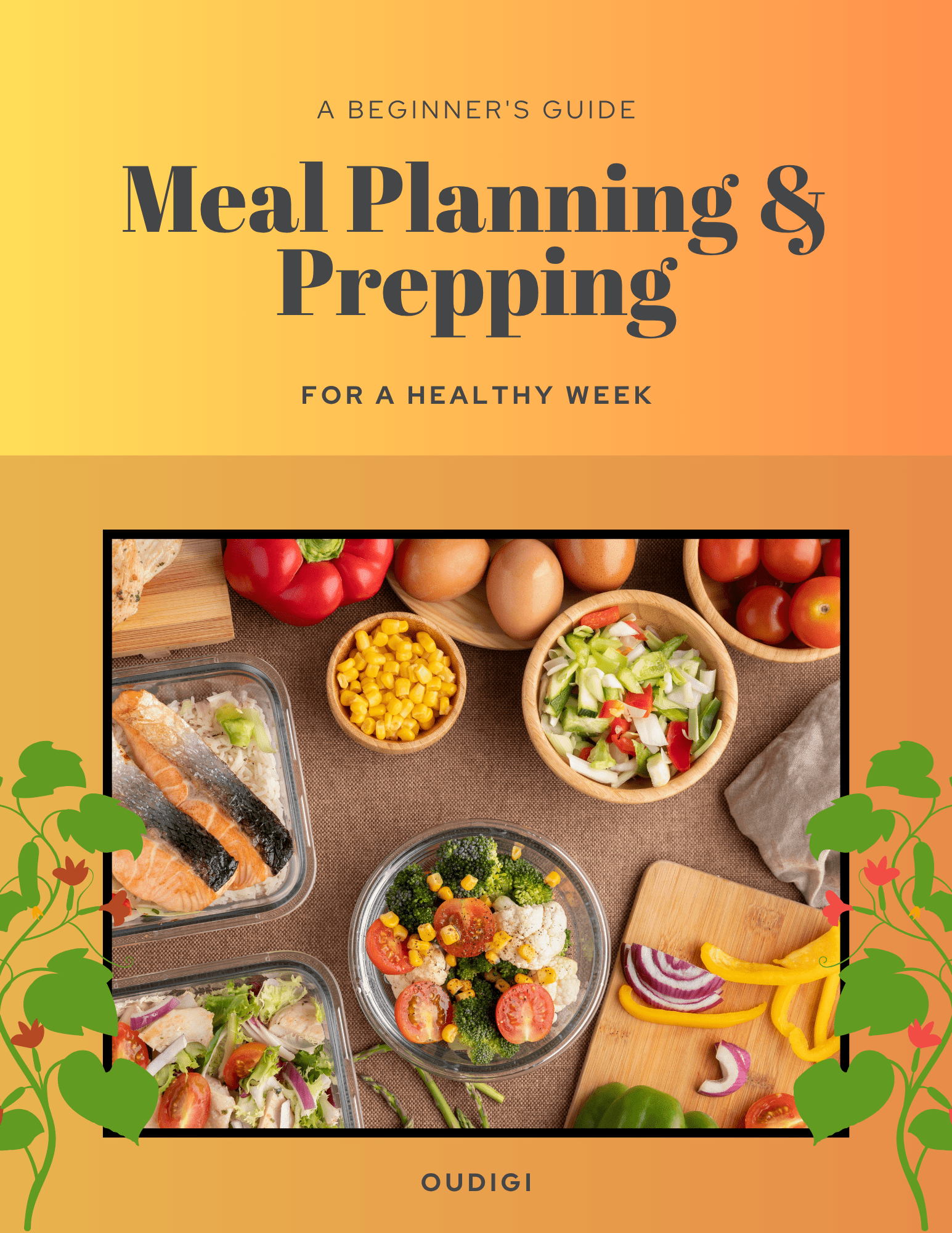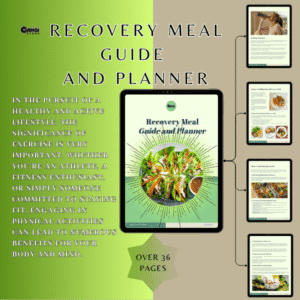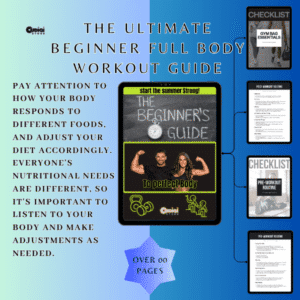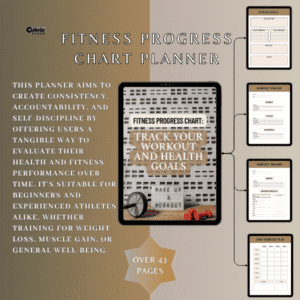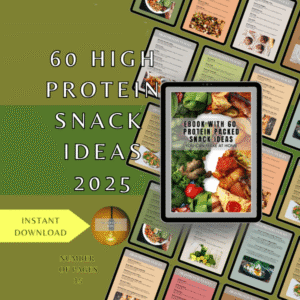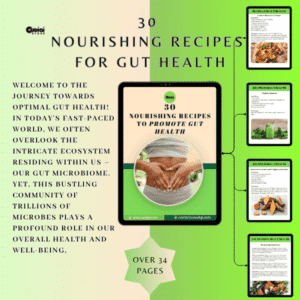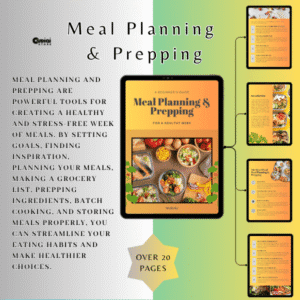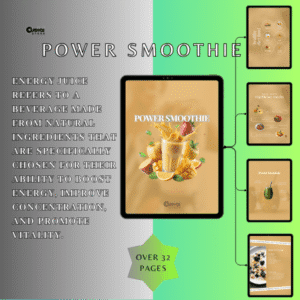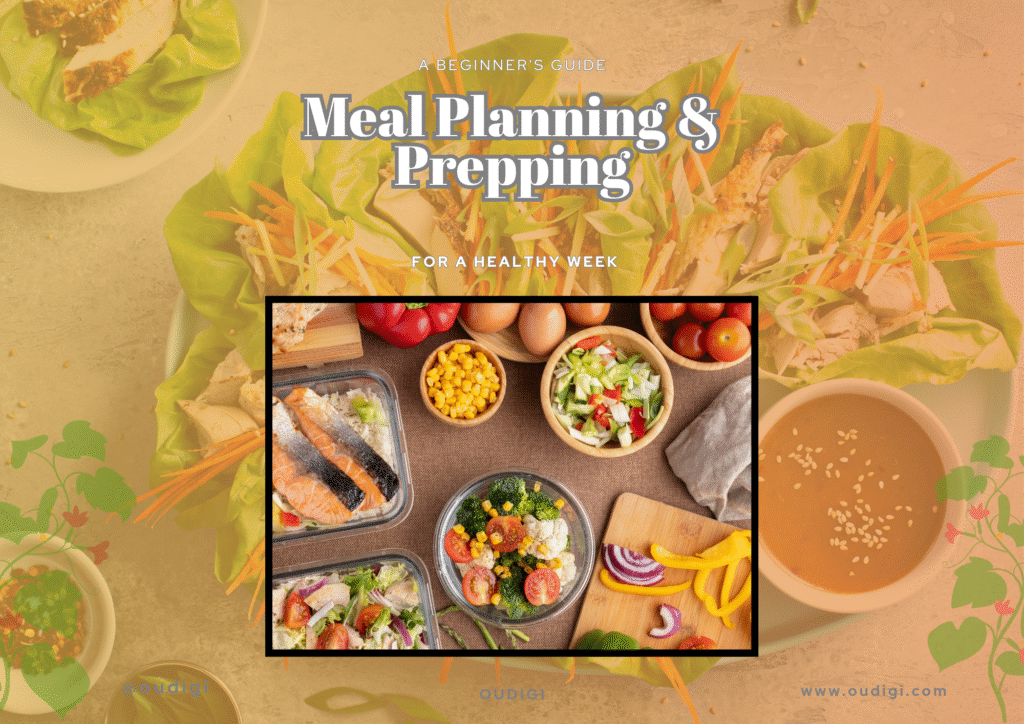
1. Introduction to Meal Planning & Prep
Meal planning and preparation have become essential habits for anyone seeking a healthier lifestyle, better time management, and cost-effective eating. Whether you’re a busy professional, a parent managing a household, or an athlete tracking nutrients, a solid meal plan can streamline your life and support your goals.
This guide will walk you through the process of creating and executing a meal plan that works for your schedule, dietary preferences, and budget. It’s designed to be practical, efficient, and sustainable.
2. Benefits of Meal Planning
Meal planning isn’t just a trendy wellness hack—it’s a foundational tool for improving your nutrition and saving time. Here’s why it works:
✅ Health Benefits
- Ensures balanced nutrition
- Encourages portion control
- Reduces reliance on processed or fast foods
✅ Financial Benefits
- Minimizes food waste
- Prevents impulse purchases
- Helps stick to a grocery budget
✅ Lifestyle Benefits
- Saves time during busy weekdays
- Reduces decision fatigue
- Makes eating healthier more convenient
- Setting Your Meal Planning Goals
Start with a clear purpose for your meal planning journey. Your goals will shape your meal choices and prep methods. Ask yourself:
- Are you trying to lose weight or gain muscle?
- Do you follow a special diet (e.g., vegan, keto, gluten-free)?
- Are you planning for just yourself, a couple, or a family?
- What’s your available time for cooking during the week?
Write down your goals and preferences. This will help you build a realistic and tailored plan.
- How to Build a Weekly Meal Plan
Creating a successful weekly meal plan involves balancing your dietary needs, time, and taste preferences. Here’s a step-by-step structure:
Step 1: Choose Your Planning Day
Most people plan on Saturday or Sunday. Choose a consistent day for planning and shopping.
Step 2: Assess Your Week
- Note busy days where you’ll need quick or pre-made meals
- Include family events or dinners out
Step 3: Plan Your Meals
For each day, map out:
- Breakfast
- Lunch
- Dinner
- Snacks (optional but helpful)
Tip: Repeat simple meals to reduce complexity.
Step 4: Create a Master Recipe List
Keep a rotating list of your favorite healthy meals. This saves time each week.
5. Grocery Shopping for Success
An efficient shopping list keeps you on track and supports your plan. Here’s how to create one:
Categories to Include
- Proteins: Chicken, fish, tofu, eggs, legumes
- Grains: Rice, quinoa, oats, whole-grain pasta
- Vegetables: Leafy greens, peppers, broccoli, etc.
- Fruits: Berries, bananas, apples, citrus
- Dairy & Alternatives: Yogurt, cheese, plant-based milks
- Healthy Fats: Olive oil, avocado, nuts
- Snacks & Pantry Items: Hummus, nut butter, granola
Shopping Tips
- Never shop hungry
- Stick to the list
- Buy in bulk where it makes sense
6. Meal Prep Techniques & Tools
Key Techniques
- Batch Cooking: Prepare large portions of a dish (like chili, rice, grilled chicken) and use throughout the week.
- Pre-Chopping: Cut vegetables and fruits in advance.
- Portioning: Use containers to divide meals into ready-to-eat servings.
Essential Tools
- Quality knives
- Cutting boards
- Food storage containers (glass preferred)
- Blender or food processor
- Sheet pans and cooking pots
- Slow cooker or Instant Pot
Time-Saving Tips
- Cook multiple meals at once
- Freeze meals for future weeks
- Prepare sauces or dressings in bulk
7. Sample Weekly Meal Plan
Here’s a simple, flexible 5-day meal plan:
| Day | Breakfast | Lunch | Dinner | Snack |
| Mon | Oatmeal w/ berries | Grilled chicken salad | Stir-fried tofu + veggies | Greek yogurt |
| Tue | Smoothie bowl | Quinoa + roasted veggies | Turkey chili | Apple + peanut butter |
| Wed | Scrambled eggs + avocado toast | Lentil soup + pita | Grilled salmon + greens | Trail mix |
| Thu | Chia pudding | Tuna wrap + raw veggies | Pasta + tomato sauce | Cottage cheese |
| Fri | Banana pancakes | Chicken rice bowl | Vegetable curry | Protein bar |
8. Meal Planning for Special Diets
Whether for health, lifestyle, or medical reasons, meal planning can support nearly any dietary restriction.
Vegan & Plant-Based
- Focus on legumes, grains, tofu, vegetables
- Add fortified plant milks and B12 sources
Keto & Low-Carb
- Emphasize meats, eggs, cheese, oils, and low-carb vegetables
- Avoid sugars and grains
Gluten-Free
- Substitute wheat with rice, quinoa, oats (certified GF)
- Watch for hidden gluten in sauces or processed foods
Diabetic-Friendly
- Prioritize low-glycemic foods
- Control portion size and avoid refined sugars
Customize your plan using trusted recipes and nutritional guidelines that meet your specific needs.
9. Common Mistakes to Avoid
Even with good intentions, people make these mistakes when starting meal planning:
❌ Overcomplicating Meals
Stick to simple, repeatable recipes.
❌ Ignoring Snacks
Planning snacks helps avoid unplanned junk food.
❌ Skipping Prep Time
A plan without prep is just a wish. Set aside a specific prep time weekly.
❌ Not Using Leftovers
Reinvent leftovers to avoid waste—turn roast veggies into a wrap, or grilled chicken into soup.
❌ Being Too Rigid
Stay flexible. If life changes your plans, just adjust. The goal is long-term sustainability.
10. Final Thoughts
Meal planning is more than just organizing what you’ll eat—it’s a mindset shift toward intentional, health-conscious living. When done consistently, it saves you time, supports your nutrition, and helps you avoid food stress.
With this guide, you’re equipped to create a routine that works for your life—whether that means preparing every meal from scratch or just organizing your week to avoid last-minute takeout.
Start simple, stay consistent, and adjust as you go. The result? A healthier, more efficient lifestyle that aligns with your personal and professional goals.
